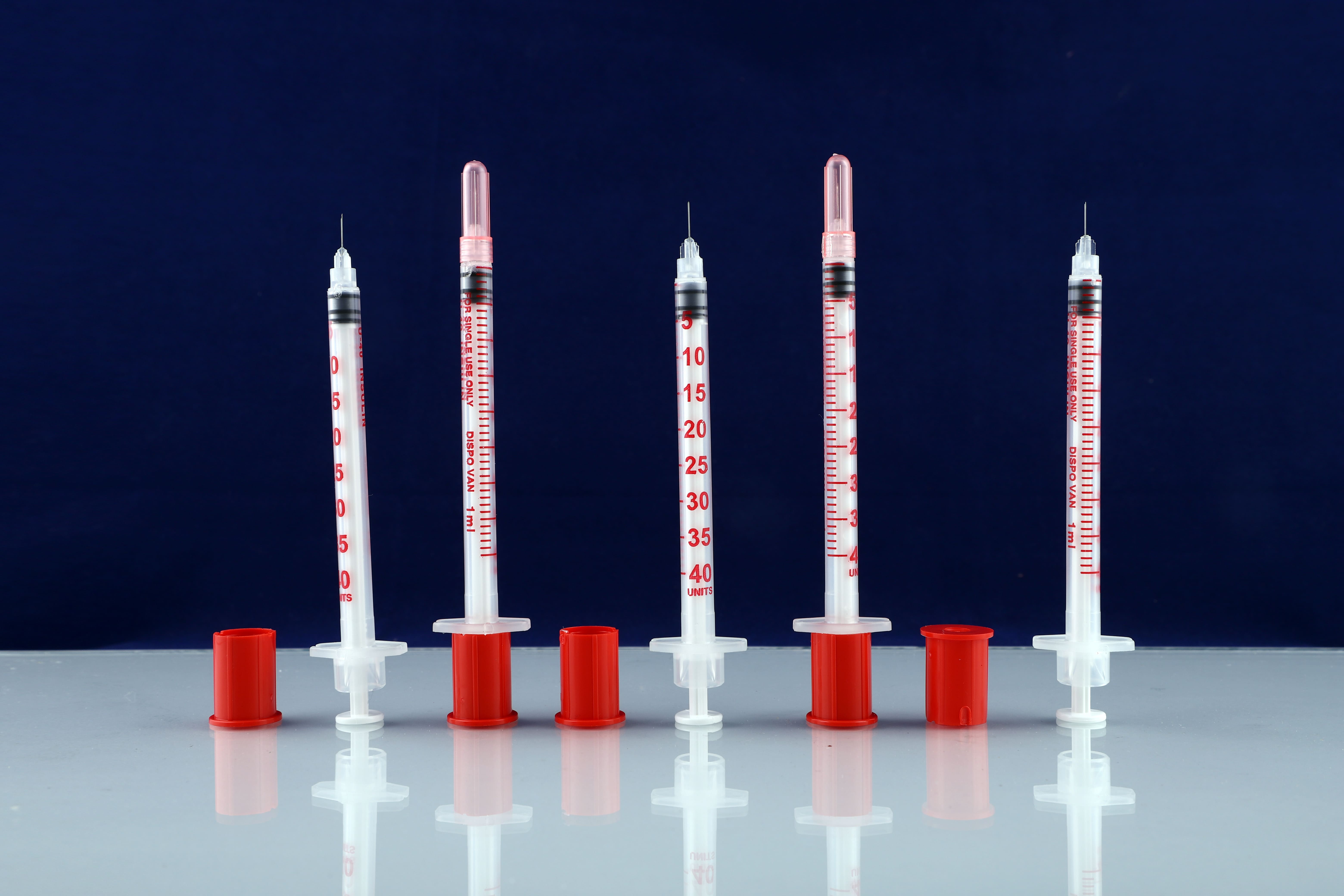

Taking insulin and making it a part of one’s daily life is no mean feat. However, it enormously helps to be armed with the finer aspects and details in order to prevent yourself from landing in avoidable medical complications. If you are regularly taking insulin, here are five important points you must always bear in mind:
Dosage
Every diabetic patient is prescribed a different dosage, depending on degree of her/his illness. Speak to your doctor about what works best for you, putting forward all your queries regarding the different aspects of diabetes management. Very often, a pre-mixture or combination of short or rapid-acting and intermediate or long-acting insulin – different types of insulin – are prescribed as part of treatment. Also, the dose may need to be adjusted for a patient whose blood sugar measurements change as a result of stress levels, physical activity, changes in diet, illness, and even hormonal changes.
-
Insulin Delivery Tools for Administration
Regular insulin is administered subcutaneously i.e. into the fat layer just under the skin. There are several available insulin delivery tools today, such as syringes, pens, pumps, and jet injection. Offering more convenience and accuracy than a vial and syringe, the insulin pen is a relatively new device that efficiently injects insulin. These pens have fine and tiny disposable needles, mostly lubricated, that offer an almost pain-free experience. Designed to be painless and patient-friendly, the Dispovan Single-Use Pen Needle is one of the best and most affordable insulin pen needles.
-
Site Rotation of Injections
It must be borne in mind that taking daily insulin necessitates rotating the site of injection within the same region. This is especially important as over-using the same area over a prolonged period can cause lipodystrophy, a condition which leads to lumps or indentations that can affect insulin absorption.
You can inject insulin in different areas of your abdomen, making sure injection sites remain roughly an inch apart. Alternately, you may use other parts of your body to inject insulin, including the thigh and buttocks.
-
Storing Insulin
It is best to store insulin inside a refrigerator to keep it cool, without allowing it to freeze – between 2 to 8°C is ideal for storing. Once opened, it can be kept for 10 to 28 days, and should not be used – even unopened – past the expiry date. Do not store insulin inside the freezer, near heating vents, or in direct sunlight. If you are travelling with insulin, try to keep it in insulated bags to moderate temperature fluctuations. Always check the colour and fluidity of your insulin before injecting it.
-
A Healthy Lifestyle
Insulin resistance – a key factor that leads to Type-2 diabetes – happens when cells sometimes stop responding to insulin correctly. It is caused by a combination of factors including inflammation and obesity as a result of inactivity and overeating.
Subsequently, the importance of a healthy, holistic lifestyle cannot be overstated for people taking regular insulin. Having a nutritious diet along with regular physical activity will aid in keeping your blood sugar levels within the target range. Recent studies have demonstrated that a healthy lifestyle can not only prevent diabetes, but reverse it too.
While injecting daily insulin may sometimes seem like a bit of a hassle, it really is quite effective, safe and simple as long as you follow the correct techniques. While the above-mentioned points will prove immensely helpful, it’s best to consult a doctor or medical expert in case you have any kinds of questions or concerns.

